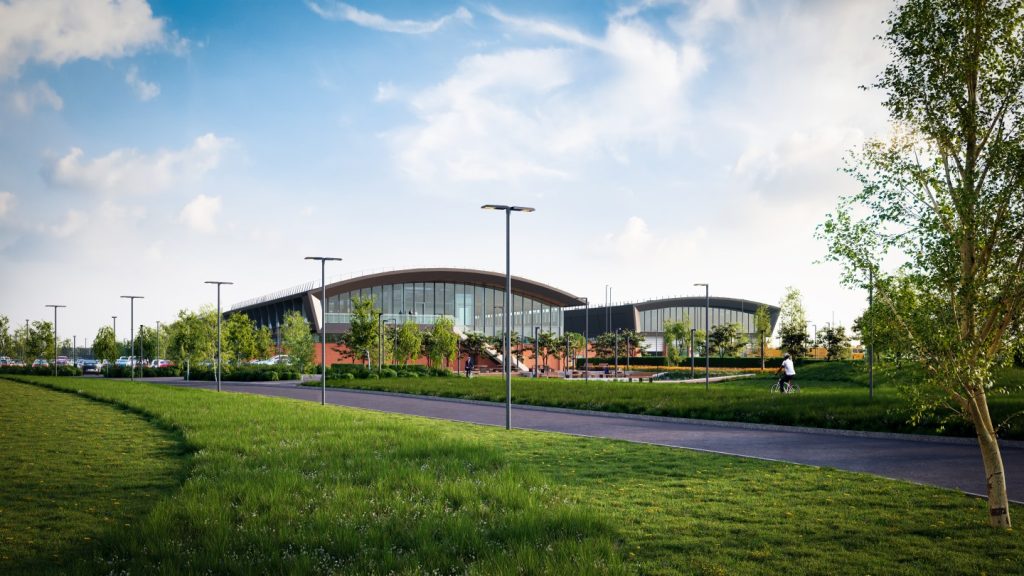In 1248, King Fernando III of Castile retook the city of Seville after five centuries of Moorish rule. Already the political and cultural centre of Andalucía, this significant step in the 800-year reconquista sparked Seville’s expansion into a major mercantile hub, flooding the city’s coffers with wealth.
Political leaders saw no better way to immortalise this success than through architecture. The city’s Alcazar was converted into a royal palace and extended by a succession of Christian monarchs. Later, in 1359, a huge earthquake saw the destruction and consequent reconstruction of many major public buildings including the Omnium Sanctorum, Seville’s oldest remaining church. It wouldn’t be until 1401, however, that the city could boast something truly iconic.
That year, the Catholic Church proposed the construction of a cathedral that, according to oral tradition, would be ‘so big that those who see it will think us mad’. Built on the site of a dilapidated mosque, the vast gothic structure is still the third-largest church in the world by area. Its bell tower, a 105m-high converted minaret known as the Giralda, dominates the skyline. That is, maybe, until now.
A cathedral without walls
Earlier this year saw the completion of a new Sevillian icon and the world’s largest wooden structure, Metropol Parasol. A sprawling timber canopy, which hovers above the once indistinctive Plaza de la Encarnacion, the Parasol houses a new central market, bars and restaurants, and provides much needed shade. Jürgen Mayer has, in fact, described this creation as a ‘cathedral without walls’. It is a place that is democratic, open all hours and actively engages its inhabitants.
"In many cases, clarity of concept itself can be most fulfilling," Mayer explains. "It is most rewarding when you see how our buildings become an attractor in a city and help to generate a dynamic change. The influence of new media and materials now expands our understanding of ‘space’ as a platform for communication and social interactivity. Architecture should move people from a passive mode of expectation to an involved level of participation."
See Also:
What is less obvious is the aesthetic influence that the cathedral has had on Mayer’s project. The mushroom-like parasol comprises hundreds of pieces of laminated timber interlocked with glue at more than 3,000 connection nodes, appearing in opposition to the vertical style of the Gothic church. In the view of project leader Andre Santer, however, Metropol Parasol is a structure so influenced by its location that it could work in no other city.
How well do you really know your competitors?
Access the most comprehensive Company Profiles on the market, powered by GlobalData. Save hours of research. Gain competitive edge.

Thank you!
Your download email will arrive shortly
Not ready to buy yet? Download a free sample
We are confident about the unique quality of our Company Profiles. However, we want you to make the most beneficial decision for your business, so we offer a free sample that you can download by submitting the below form
By GlobalData"I don’t think we stray far from the basic elements of Sevillian architecture," he explains. "We took inspiration from some very old, large ficus trees near the building site as well as the impressive arch constructions of the cathedral. At the same time you see historic geometric Arab patterns everywhere in Seville that we were able to successfully apply to the rigorous structural timber grid of the Parasol."
In the same way that the builders of the cathedral had to work around a set of architectural remains, Metropol Parasol has faced its own legacy challenge. In 1982, construction of an underground car park on the plaza had to be stopped after Roman ruins were discovered. This time round, the sensitive integration of the ruins was a fundamental requirement.
Consequently, the vast columns that hold up the canopy can only touch ground in certain places, which goes some way to explaining its ambitious form. The ruins also provided inspiration for the pixellated shape created by the interlocking timber pieces.
"We chose a pixel pattern as a contemporary reflection of the ruins’ language below the surface", Santer explains. "It is a basis on which to shape the continuous transition between all the elements on the Plaza de la Encarnacion. It produces shadow, which may be one of the most important things considering the high temperatures, but the shade of the parasols also creates a continuously changing pattern on the plaza floor that follows these same visual rules."
Mercury rising
The heat of the Sevillian summer presented other more technically significant challenges. Mayer’s firm, J Mayer H, in collaboration with engineering partner Arup, initially used a polyurethane coating to protect the timber elements and connection nodes. These nodes were, in turn, reinforced with 20mm metal rods that were glued on to help evenly distribute the forces within the timber. This approach did, however, have its shortcomings.
"Getting the right forces in the timber sections took a number of failed attempts," explains Santer. "When we arrived in Seville, the thermometer showed 50°C. We later found that the glue material for the connection details was not able to resist such temperatures. A solution was found by Arup and Finnforest, with the help of glue specialists and producers. We found a way of post-curing the glued-in rods, which increased their resistance up to around 80°C."
The complexity of the Parasol, and its status as a public-private partnership, necessitated close collaboration between architecture, construction and specialist design firms. The architect’s role in such a set-up, Mayer believes, often extends to that of a mediator, outlining the programme’s structure and helping the various counterparties align their goals within it. Although things worked out in the end, the process was not always a smooth one.
"Collaboration with a specialist timber constructor was necessary during early development," Santer explains. "The problem was that our Spanish client, [construction company] Sacyr Vallehermoso, didn’t want to contact a German company without trying to find a cheaper solution first. So it took a long time before we could work with the technical knowledge and support of Finnforest."
Once Finnforest came on board, there was still the small task of designing and modelling the structure, which involved finding the right compromise between design, material and engineering concerns. The need existed to strike a complex balancing act between different models and data sets.
"There followed a lot of technical experimentation," Santer continues. "We eventually got the optimised structural model as an integrative result of our 3D architectural model, Arup’s model of forces and Finnforest’s criteria for the connection details and production. The resulting virtual model could be used for computer-aided manufacture of the timber elements, including connection details."
Only time will tell if the people of Seville will take Metropol Parasol to their hearts. But by harnessing the spirit of technical and aesthetic ambition that lay behind the great cathedral, it seems to be going about it the right way.





